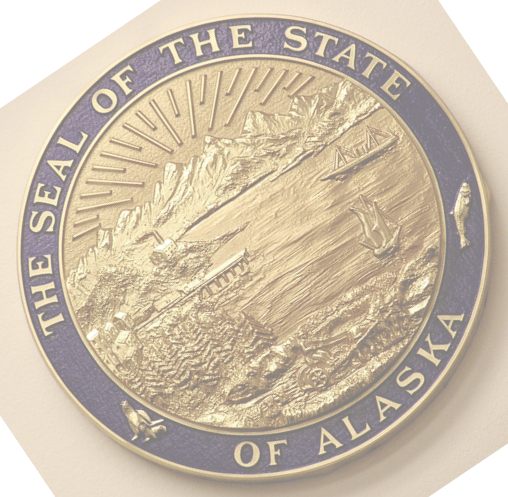 The Senate Finance Committee just concluded a two week overview of Alaska’s oil & gas production tax structure. The 101-style overview included presentations on oil production forecasting, industry employment, transportation costs, lease expenditures, tax credits and state revenue projections. We concluded with gas valuation and a multi-day review of how the addition of a large diameter natural gas pipeline will impact state revenues. The results were alarming. In terms of gas, the economic models from both the Department of Revenue and our non-partisan legislative consultants, show that when oil prices are high and natural gas prices are low, as they are currently, the state could lose as much as $2 billion annually when the gas pipeline is activated.
The Senate Finance Committee just concluded a two week overview of Alaska’s oil & gas production tax structure. The 101-style overview included presentations on oil production forecasting, industry employment, transportation costs, lease expenditures, tax credits and state revenue projections. We concluded with gas valuation and a multi-day review of how the addition of a large diameter natural gas pipeline will impact state revenues. The results were alarming. In terms of gas, the economic models from both the Department of Revenue and our non-partisan legislative consultants, show that when oil prices are high and natural gas prices are low, as they are currently, the state could lose as much as $2 billion annually when the gas pipeline is activated.
The loss is a result of a structural flaw in the way oil and gas is combined in our current production tax. Because our tax formula links their value instead of taxing them separately, the state could receive less revenue once a gas line is built than we receive now from oil revenues alone. As North Slope oil production declines and gas production increases, this dilutive effect will only intensify. I believe we must decouple oil and gas taxes before May 1, 2010. That is the date our AGIA licensee, TransCanada, begins their “open season” which locks in our tax rates for 10-years for any company pledging gas to our pipeline.
My office is drafting a bill for introduction within in the next several weeks that will tax oil and gas separately. There isn’t a more important issue facing our state and I will be working diligently to get it resolved before we adjourn on April 19th.
Listen to Senator Stedman’s statements on: oil production, tax credits, and committee review

Comments are closed